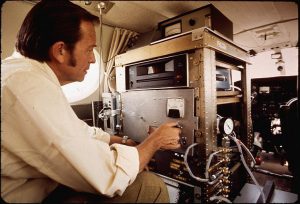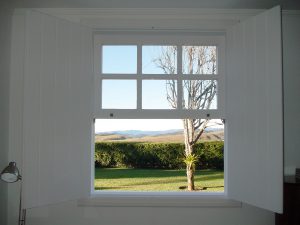AIR FILTERS
INTRODUCTION
In previous articles we have discussed the health risks of indoor pollution, the need for adequate ventilation and the desirability of having air quality monitors and air purifiers in our homes. However these benefits are only obtained if we have regular maintenance of our air cleaning equipment and air conditioning units. And most important is the use of correct air filters.
WHAT THE SCIENTISTS TELL US
Types of Air Filters
There are mainly two types of air filters for particle collection.
– Fibrous Media Filters
There are two methods for evaluating this type of filter. a) Test Method specified in The American Society of Heating, Refrigeration and Air Conditioning Engineers (ASHRAE) Standard 52.2. This method evaluates the removal efficiency for particle sizes 0.3 to 10 µm in diameter. The results are reported as Minimum Efficiency Reporting Value (MERV).MERV numbers range from MERV 1 to MERV 16,based on average removing efficiency across 3 particle sizes in ranges 0.3 -1 µm, 1 – 3 µm, and 3- 10 µm. The higher the filter rating the higher the filter’s removal of particles efficiency. Filters with a MERV 13 and above ratings require at least 50 % removal efficiency for 0.3 – 1 µm particles (These are the size of particles that are the most harmful to human health). MERV 11 filters must achieve at least 20 % removal of these particles. The Environmental Protection Agency (EPA) recommends furnace filters with at least MERV 13 rating [1]. High Efficiency Particulate Air (HEPA) filters are generally equivalent to MERV 16 and offer the highest available particle removal efficiency of fibrous media air filters. Usually with a removal efficiency of 99 % or higher. Click here to see details on my recommendation for a very efficient HVAC air filter.
b) When the air filters are used in a portable air cleaning unit, the filter’s efficiency is measured by the unit’s Clean Air Delivery Rate (CADR). The CADR is a measure of a portable air cleaner’s delivery of relatively clean air, expressed in cubic feet per minute (cfm) Continue reading “AIR FILTERS”





